In the information age, one of society’s favorite things to talk about is the increase in violence in our communities. Apparently, back in the day people were very peaceful and didn’t go around killing each other the way they do now (just, you know, raping, lynching and committing genocide, harmless shit). I’m not arguing against the increase in violence, but I think its fair to point out that killing has been happening for most of human history. In fact, serial killers have plagued the world for centuries, if not millennia. The scary thing is that historically, many serial killers were in positions of power – not the loner, powerless, inadequate types you see on TV today. These were emperors and empresses, high powered lawyers and knights who used their positions to massacre and torture sometimes hundreds of people. Things aren’t so different today if you count ordering hundreds of thousands of deaths by war or for corporate profit, but a lot of these historical serial killers also got their hands personally bloody, kidnapping and torturing peasants and children, bathing in their blood and reveling in their sadistic power over the powerless. The sickness has always been in us, and its up to us to make the choice to treat each other with respect or to become the monster within…

By Beverly Jenkins via Oddee.com
Gilles de Rais was a celebrated Breton knight who fought in the French army alongside none other than Joan of Arc. However, it is not de Rais’ prowess as a soldier for which he is best remembered; his life ended after he confessed to murdering at least eighty to two hundred peasant and servant children. The actual number of his victims will never be known, but some scholars speculate that de Rais killed up to six hundred children over a seven year period.
After de Rais retired from the military, he admitted to dabbling in the occult, attempting to summon demons and offering pieces of his victims as sacrifices. Finding children to murder was not difficult, as peasant children would often approach his castle begging for food. Since he selected children from very poor families, no one had the clout to accuse him of wrongdoing when their children went missing.
Once de Rais had abducted the children, he took great pleasure in torturing, sodomizing, and murdering them. His preferred method of death was decapitation, but he would also cut their throats, dismember them, or break their necks. He admitted that it was his habit to pleasure himself sexually in the bloody remains of his victims.
In 1440, de Rais made a fatal error when he kidnapped a prestigious cleric, prompting a formal investigation and trial. De Rais, who was about to be tortured into a confession, finally admitted to murdering hundreds of children. He, along with a few accomplices who had helped him on his gruesome mission, were executed by hanging and burning in 1440.

Elizabeth Báthory was a countess from a prestigious noble family in Hungary. Báthory was well educated and able to read and write in four languages, and due to her social rank she was an important person who was well known in Vienna and the surrounding countryside. It is because of her noble blood and influential husband that her heinous crimes went unpunished for so long.
Once Báthory’s husband died in 1604, the whispers from local villagers could no longer be ignored by authorities. Rumors circulated that young women and girls kept disappearing in and around the Countess’ many castles. Most of the victims were peasants and servants who Báthory assumed would not be missed, but towards the end of her reign of terror she made the mistake of kidnapping the daughters of lesser nobility, which is how she was eventually caught and tried for murder.
Báthory’s trial lasted for several weeks and had hundreds of witnesses testifying against her. Most of the witnesses were family members of missing girls, but there were also women who had managed to escape Báthory’s clutches and who told sordid tales of what they had endured. Eventually, Báthory confessed and she and four collaborators were convicted of torturing and killing hundreds of girls. One witness claimed that Báthory and her cohorts murdered over six hundred and fifty young girls, however they could only prove that she had murdered eighty.
Báthory is called “The Blood Countess” because she is rumored to have bathed in the blood of her virginal victims, thinking that doing so would help preserve her youthful appearance. After Báthory was convicted of her crimes, she was sentenced to a lifetime of house arrest. She was bricked into a series of small rooms in her castle, with just small slits for the passing of food and oxygen, where she remained for four years until her death in 1614.

Maximilien de Robespierre was a French lawyer and politician who was also one of the most influential figures of the French Revolution. Robespierre was a skilled orator, captivating audiences with speeches about virtue, patriotism, and morals. He truly wanted freedom and civil rights for the people of France. Unfortunately, once he rose to power he became a tyrant who believed that the only way to accomplish his democratic goals was to terrorize the people with the threat of execution.
De Robespierre became obsessed with the French method of execution, the guillotine. During a ten month “Reign of Terror,” de Robespierre ordered mass executions of people whom he thought were not supporting the Revolution. De Robespierre had hundreds of people guillotined without trials, including some of his own friends and family members. Even minor crimes such as hoarding, desertion, or rebellion were cause for execution under de Robespierre’s reign. French political cartoons from that era depict de Robespierre guillotining the executioner after everyone else had already been killed.
An estimated forty thousand people were either executed or sentenced to life in prison, including famous people like King Louis XVI and Queen Marie Antoinette. De Robespierre also ordered hundreds of thousands of soldiers to fight losing battles, including the attack of Vendee, in which over one hundred thousand men, women, and children were murdered. Eventually, de Robespierre suffered the same fate as his victims when he was guillotined without a trial in 1794.

Although Tamerlane (a.k.a. Timur) is heralded for being an epic Asian conqueror who founded the Timurid Empire and Timurid Dynasty, he is also remembered as being a brutal barbarian and bloodthirsty ruler who left a trail of death in his wake. Timur’s methods of conquering were ruthless and cruel, causing destruction and devastation to millions of people during his lifetime.
Timur was fond of forcing both soldiers and civilians alike to commit suicide by jumping from great heights. In India, Timur ordered over two hundred thousand captured soldiers to jump from a cliff to their death. He also ordered his minions to behead tens of thousands of villagers and soldiers in Aleppo, Ifshan, Tikrit, Baghdad, and more.
Timur had towers of human skeletons built for his amusement, and over the course of his lifetime it is estimated that he is responsible for the death of twenty million people.

The story of Ilse Koch is just one of the tales of horror to emerge from the Holocaust. Ilse Koch was married to Karl Koch, one of Adolf Hitler’s commandants at the Buchenwald concentration camp. Ilse Koch lived with her husband at Buchenwald, but instead of living the life of the typical commandant’s wife, she joined the Nazi movement wholeheartedly, becoming a SS Aufseherin (overseer) of the camp.
Ilse embraced her position with the zeal of a true sadist, often riding her horse through the camp and brutally whipping prisoners (often to death) for no reason at all. She enjoyed randomly picking out prisoners who had skin that interested her; she would then have the prisoner killed and their skin tanned in order to make gruesome items like skin lampshades, book bindings, and clothing. She was particularly proud of a handbag that she often carried that was made out of human flesh.
Koch was eventually arrested for her war crimes, and her husband was executed in Munich in 1945. Later, Koch was sentenced to life in prison. Ilse and Karl Koch’s only son committed suicide after the war, apparently unable to live with himself after learning about his parents’ part in the Holocaust. While in prison, Koch was impregnated by an unknown man, and nineteen years later her son became a frequent visitor to her jail cell. After twenty years in jail, Koch suddenly took her own life on the night before she was expecting a visit from her son.

Ranavalona I was the Queen of the Kingdom of Madagascar for thirty-three years. During that time, Ranavalona worked tirelessly to reduce Madagascar’s dependency on Europe, repel French attacks, and grow a formidable army. Ranavalona’s preferred method of amassing her thirty thousand-strong army was to force peasants who were behind on their taxes to take up arms, build public works, and work without pay as a way to repay their debts. Millions of people perished during her reign thanks to constant warfare, disease, famine, harsh punishments for minor crimes, and forced labor.
During her lifetime, Ranavalona was viewed as a tyrant who may or may not have been certifiably insane. Her frequent use of excessive force on both her people and Europeans (especially the French) caused many Europeans to refer to her by names such as “The Mad Queen of Madagascar,” “Ranavalona The Cruel,” “The Bloody Mary of Madagascar,” the “Most Mad Queen of History,” the “Wicked Queen Ranavalona,” and the “Female Caligula.”

*Note: The above image is not Liu Pengli. There are no known images of Pengli.
Liu Pengli was the Prince of Jidong, China and a cousin of the Emperor. Pengli was both arrogant and cruel. He enjoyed taking groups of his equally-corrupt kinsmen and slaves on ambushes of local villages, where they would rape, loot, murder, and take more slaves as souvenirs. Pengli terrorized people for sport, stealing from them, murdering their loved ones, and leaving them for dead. The people of Jidong lived in fear of their prince, hiding in their homes and avoiding being out and about at night. Pengli is responsible for the deaths of at least one hundred confirmed victims, but there are likely many more that went unreported.
Pengli’s crimes were finally reported to the Emperor, but the Emperor refused to execute his own cousin, so he removed Pengli’s royal ties and took away his land and fortune, making him a commoner, and banished him to a distant county.

Belle Gunness was born in Norway, and according to some sources she lead a relatively normal life until she was kicked in the stomach by a man in her teens, causing her to miscarry her first child. Gunness’s personality then changed drastically. Also, perhaps coincidentally, the man who hurt her died shortly afterward from “stomach cancer.”
In 1881, Gunness immigrated to the U.S. where she worked as a servant, got married, and had children. Gunness learned how to work the insurance system, taking out large policies on her family members and their place of business. Soon after the policies were in place, her children started dying of stomach issues, and their business burned to the ground. Later, Gunness’s husband also died from intestinal distress, reportedly the one day of the year on which two of his life insurance policies overlapped. Gunness collected all of the policy payouts and then remarried.
Within a week of her second marriage, her husband’s child from his previous marriage died while under Belle’s care. Within a year, her second husband was dead from a mysterious head wound. Once again, Gunness collected the insurance money and moved on.
Eventually, Gunness’s crimes were brought to light by a handyman whose affections she had spurned. It was determined that she had killed most of her suitors and boyfriends as well as her two daughters, and it is suspected that she killed both of her husbands and all of their children (approximately twenty to forty people) over a period of about twenty years. She grew quite rich by collecting life insurance, cash, and valuables from her victims. Gunness was never jailed for her crimes; she emptied her bank accounts and disappeared sometime in the early 1900s.

Wu Zetian was the only female empress in Chinese history, and she is known as being a fearsome, ruthless person who never hesitated to resort to murder to benefit herself or her country. Empress Zetian lead China to a period of political and military leadership, and she is responsible for a major expansion of the Chinese empire. However, she was a heartless, cruel, sexually-depraved and brutal leader who even had her own infant daughter killed to further her political career.
Every day of her reign, Wu Zetian ordered tortures, executions, and forced suicides. She organized the murder of her rivals, family members, clergymen, and countless more people. Empress Zetian also ordered tens of thousands of her people to be killed by poison, or boiled alive, or sometimes simply mutilated. She ruled China until her death, by natural causes, at the age of eighty-one.

Between the years of 1790 and 1840, an Indian cult leader called Thug Behram murdered nine hundred and thirty-one people in Avadh, India. The English word “thug” is derived from Behram’s name, and the gang itself was called “Thuggee.” Using a ceremonial cloth called a “Rumal,” similar to a handkerchief or a cumberbun, Behram would strangle his victims in a ritualistic killing style witnessed by many members of his cult.
In 1840, Behram was executed for his crimes by hanging.




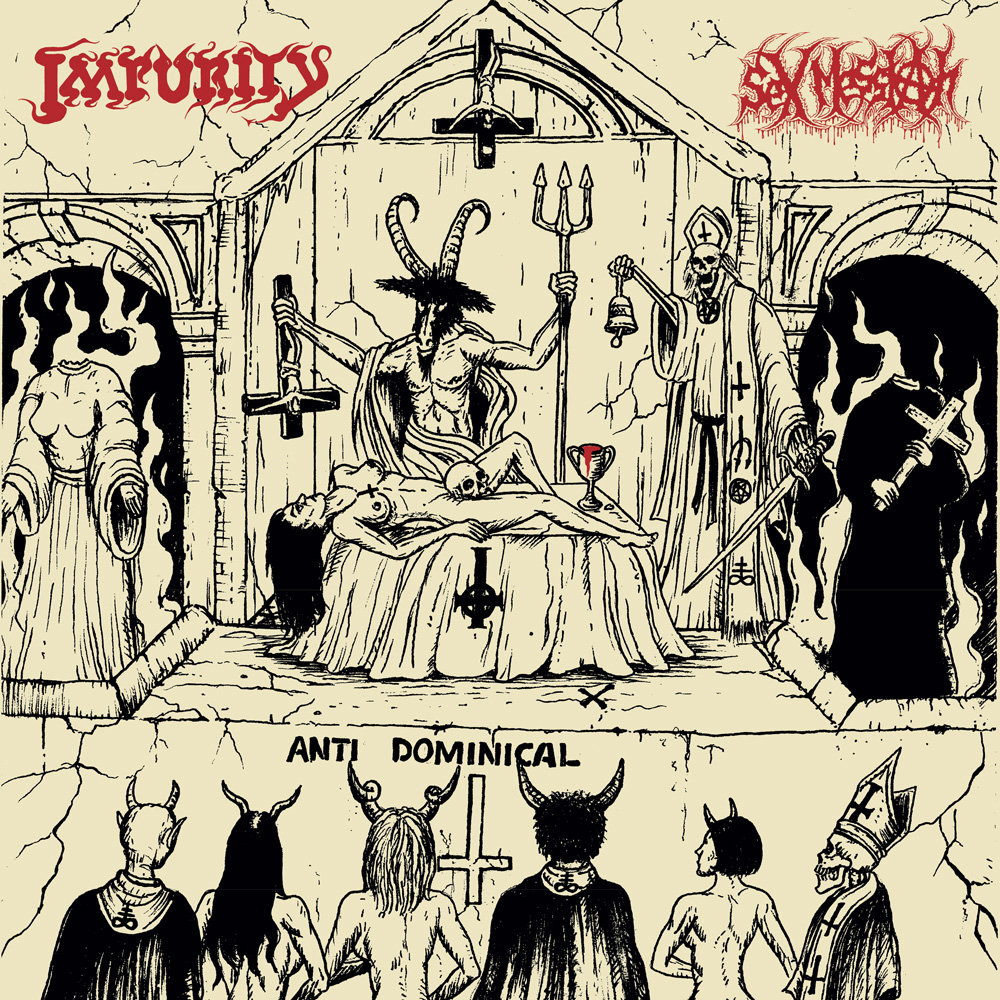



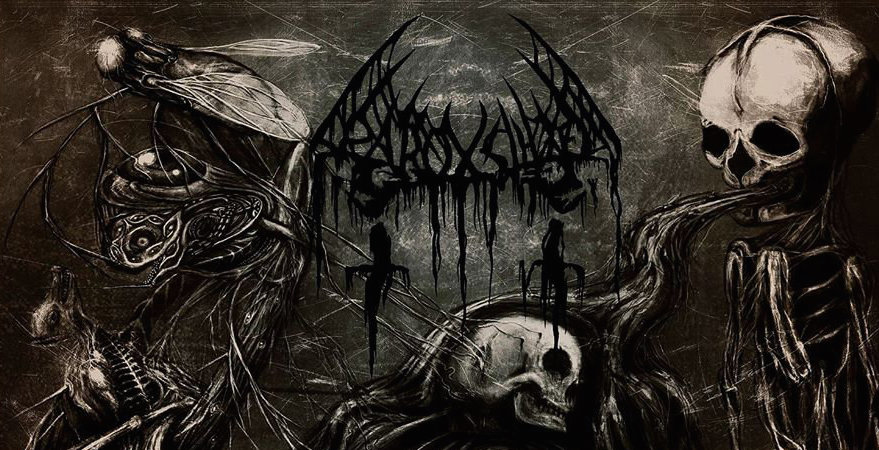
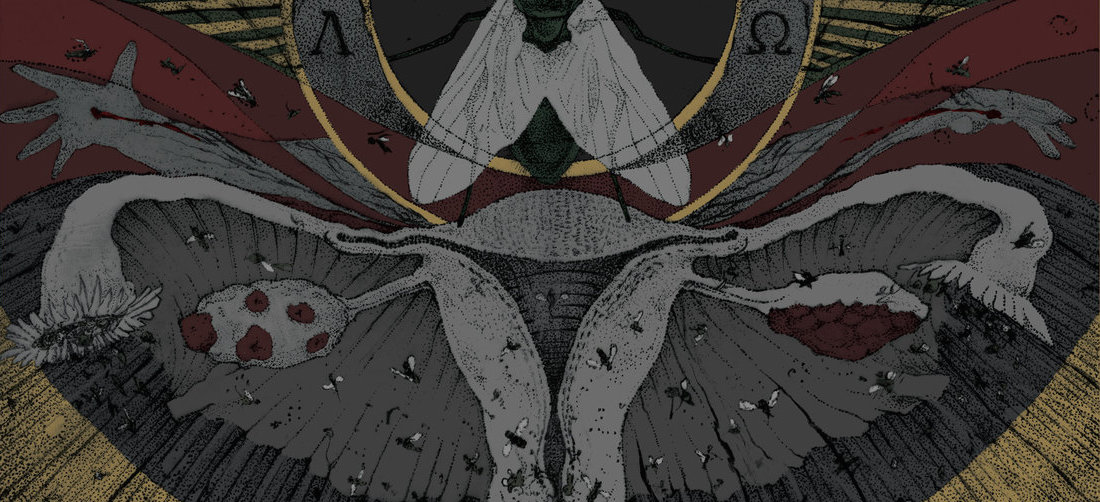











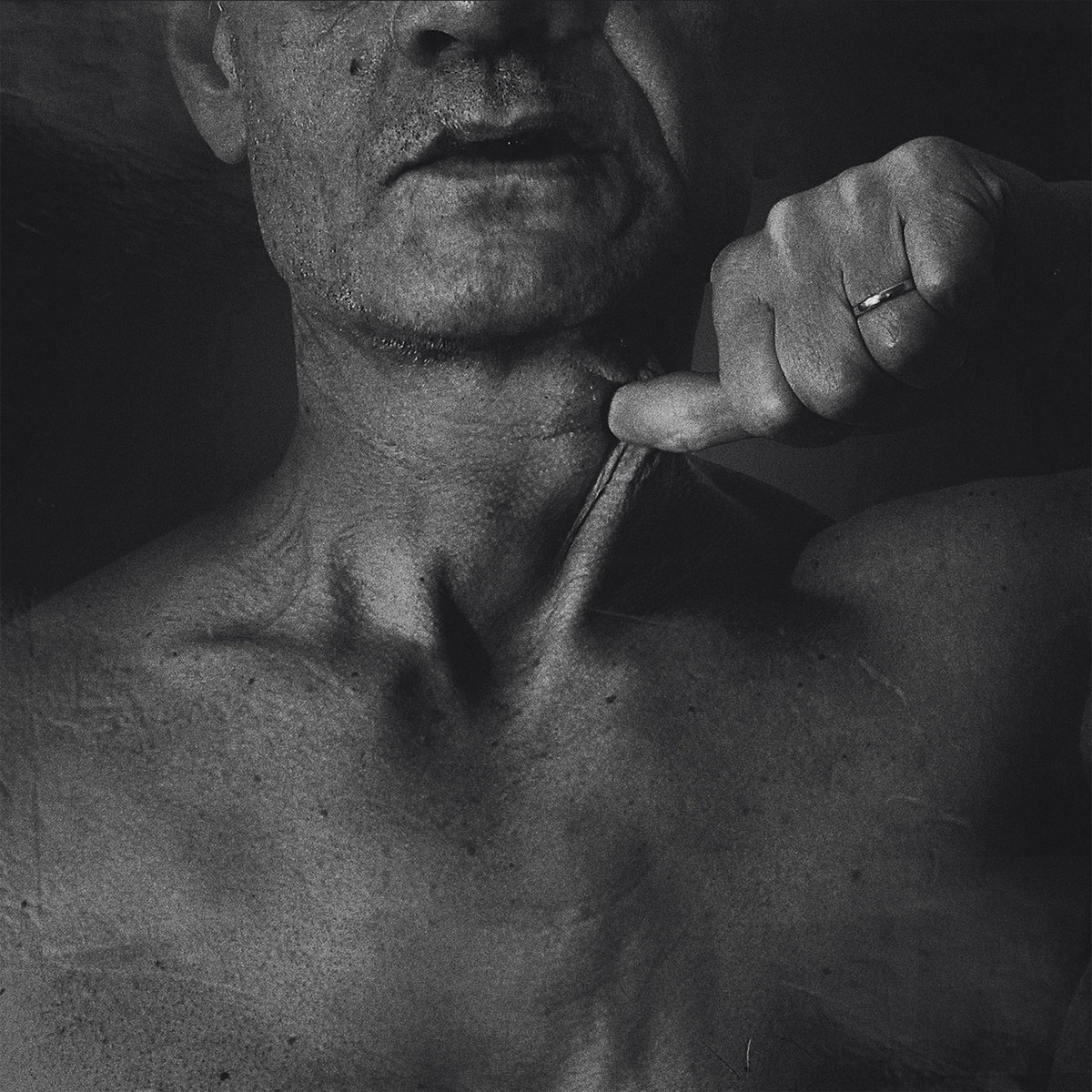







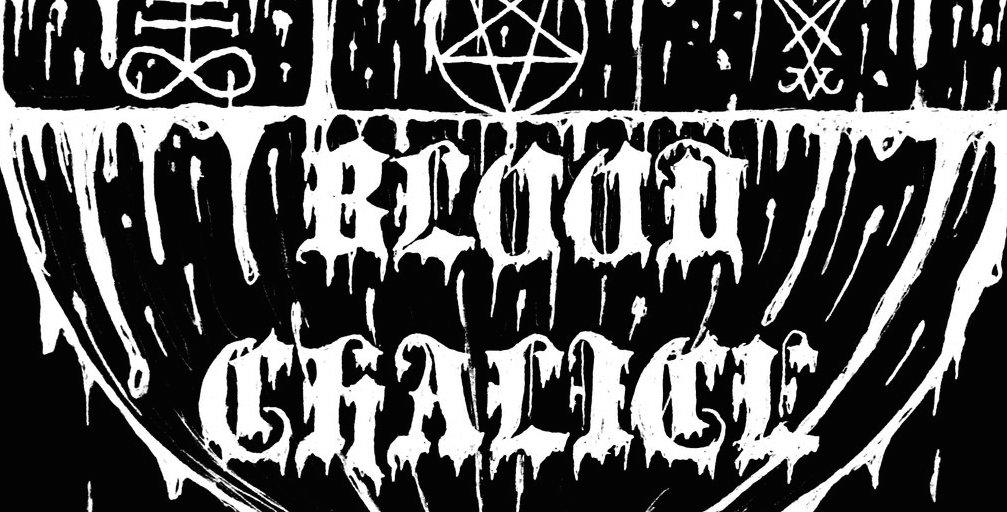










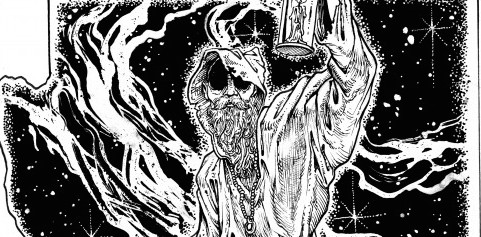





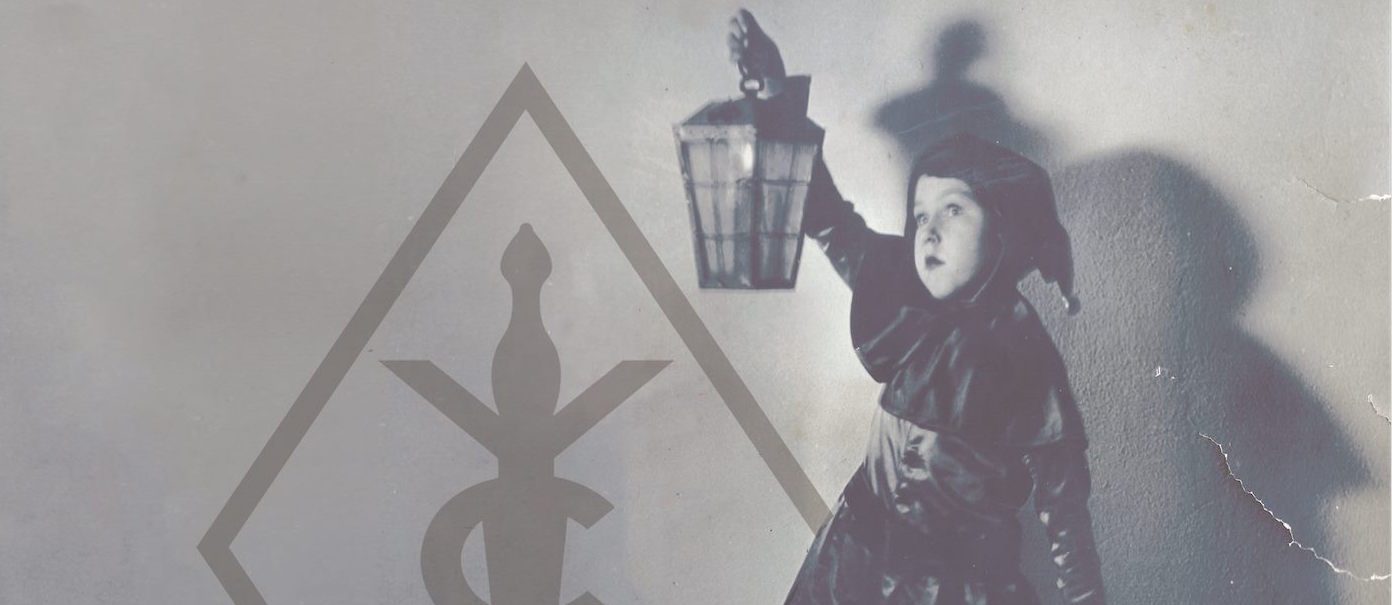

















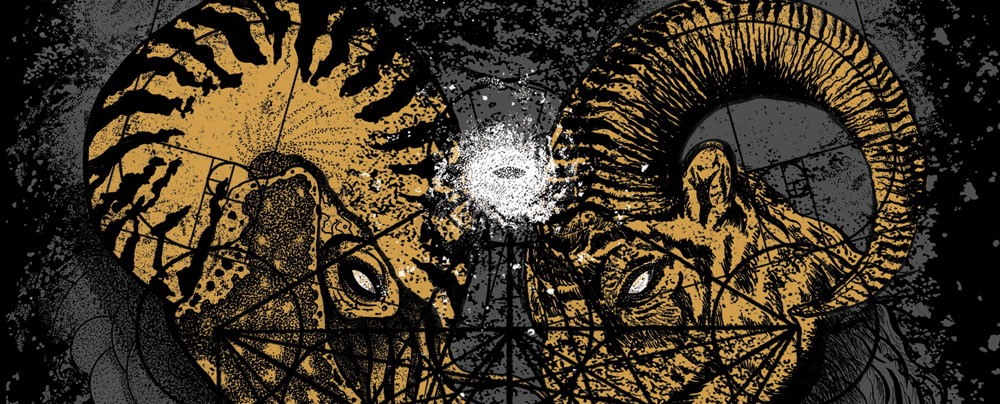

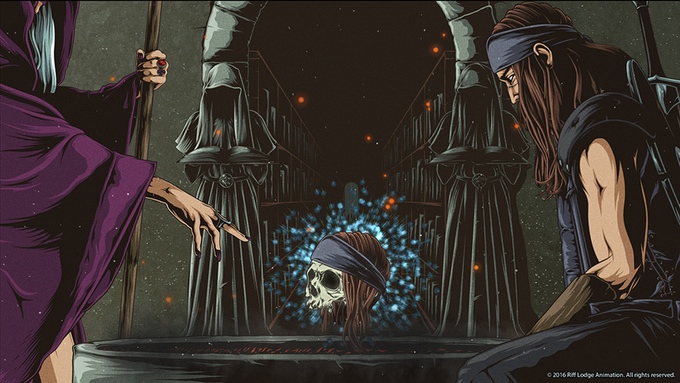




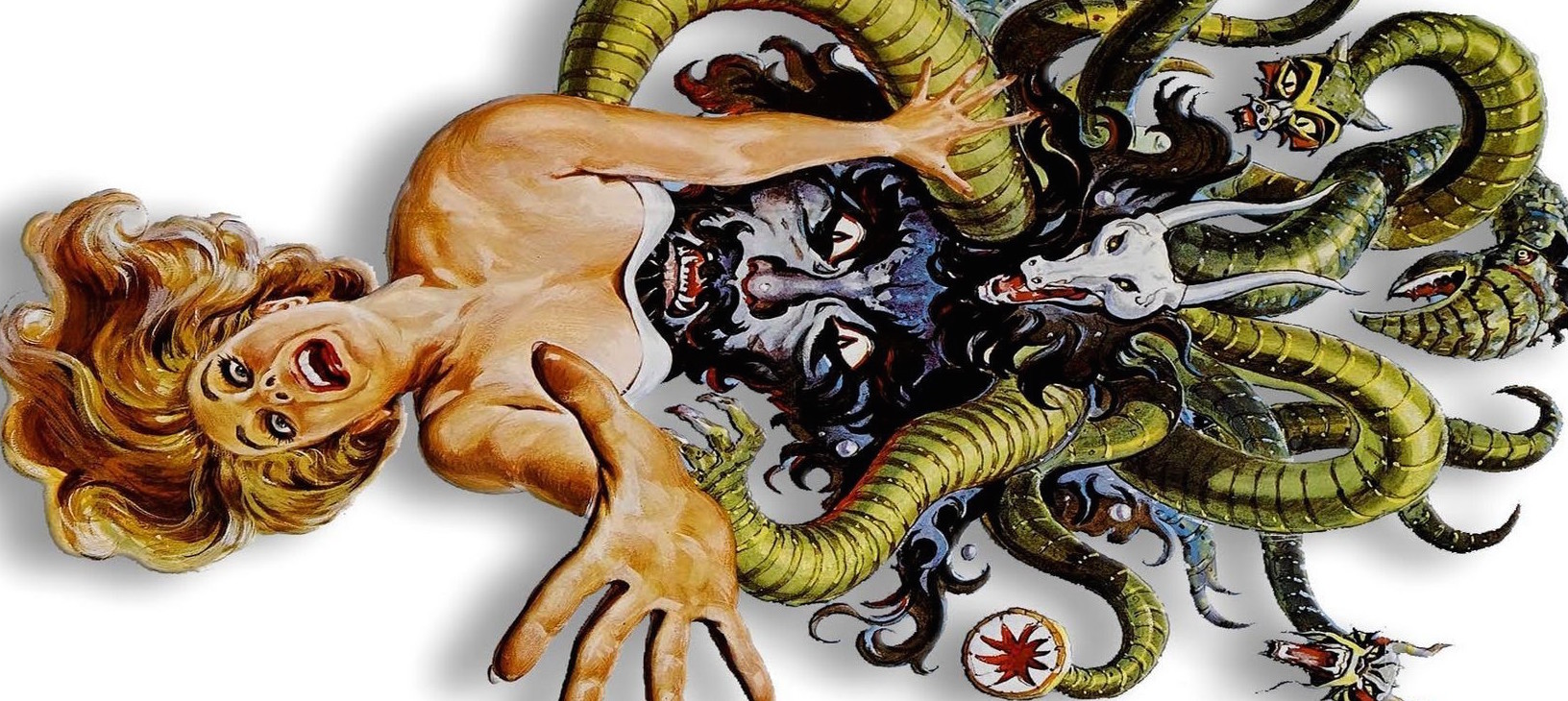



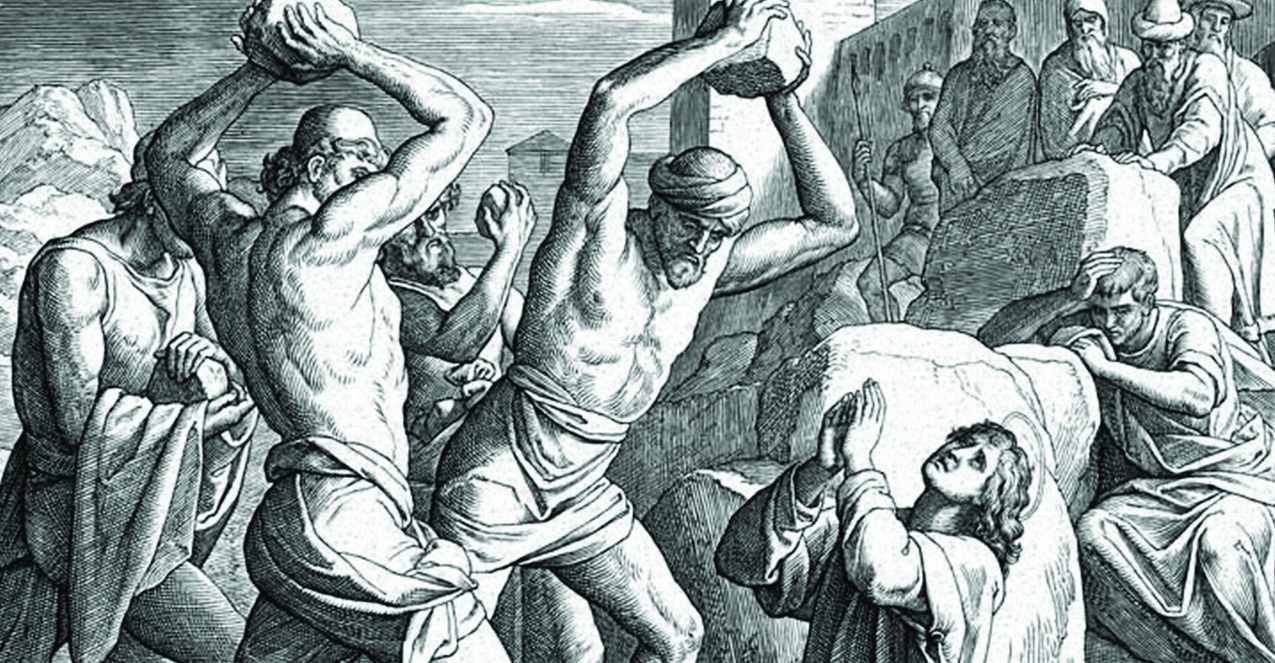


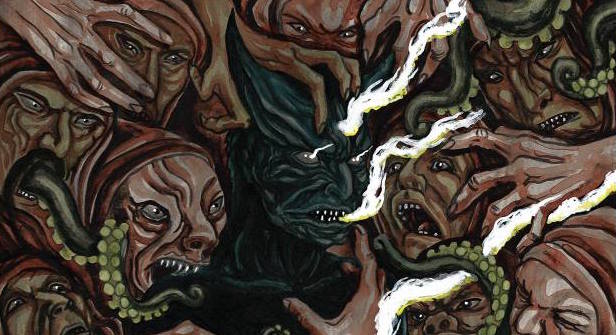





















New Comments